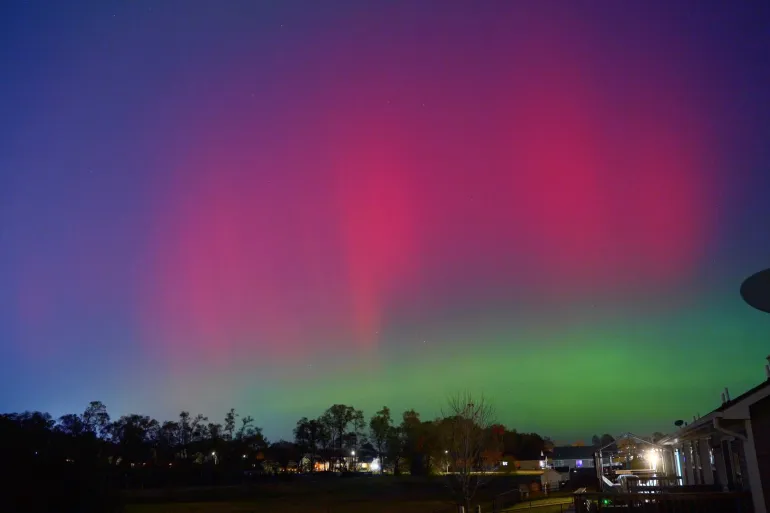NASA’s Curiosity Rover Discovers Unusual Rock Patterns on Mars Linked to Ancient Waterways

NASA’s Curiosity rover has captured striking images of unusual “boxwork” rock formations on Mars, structures scientists believe are linked to ancient water activity that once shaped the Red Planet’s surface.
The discovery was made as Curiosity continues its exploration of Gale Crater, where the rover has been studying layered sediment and rock structures for signs of past water flow. The boxwork patterns resemble intersecting ridges forming angular, geometric shapes similar to formations seen in some caves on Earth, where mineral-filled cracks leave behind a hardened lattice.
NASA scientists say these structures on Mars likely formed when mineral-laden water seeped into rock cracks and later eroded, leaving the harder mineral deposits standing in relief. The patterns could provide additional evidence that Mars once had significant water activity, offering insights into the planet’s geological history and potential to have supported microbial life.
Abigail Fraeman, a Curiosity deputy project scientist, noted that the patterns add to growing evidence that water was once present in the crater’s rocks for long periods, allowing minerals to crystallize within fractures.
Curiosity’s continued exploration of these formations will help researchers better understand the timing and duration of water activity on Mars, which is critical to assessing the planet’s habitability in the past.
The rover, which has been operational on Mars since 2012, continues to send back high-resolution images and data, advancing NASA’s mission to prepare for future human exploration while unlocking the secrets of the Red Planet’s watery past.
With input from Fox News









The latest news in your social feeds
Subscribe to our social media platforms to stay tuned